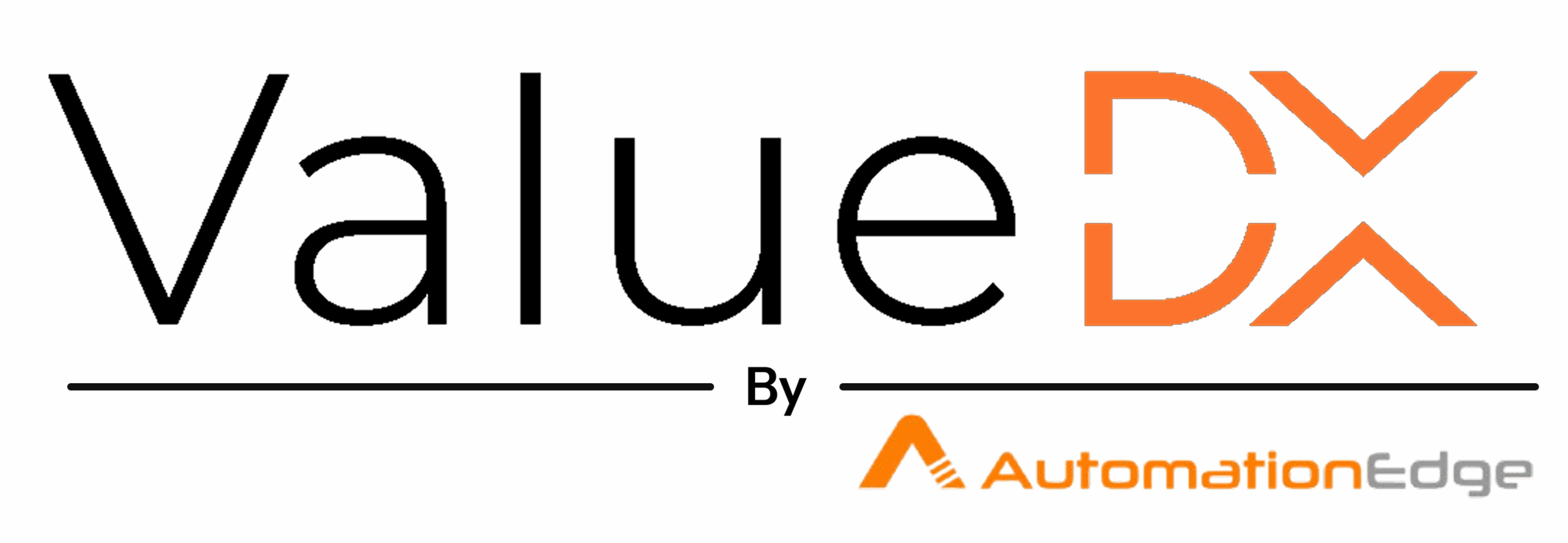
I spent last Tuesday shadowing a nurse at a busy hospital, and by noon, I’d lost count of how many times she’d been interrupted by equipment alerts. Monitor beeps, pump alarms, ventilator warnings – it felt like being in a never-ending game of whack-a-mole. What struck me most wasn’t just the frequency of these interruptions, but how each one pulled her away from actual patient care.
Here’s the thing about medical equipment alerts: they’re designed to save lives, but they’re also creating an invisible drain on healthcare resources. When you factor in the time spent responding to false alarms, documenting each alert, and the mental fatigue from constant interruptions, we’re talking about a serious operational challenge. Recent studies suggest that nurses can spend up to 30% of their shift managing equipment alerts, many of which turn out to be non-critical.
Think about it. Every time a clinician stops to check an alert, that’s time away from patient interaction. It’s not just about efficiency; it’s about the quality of care we’re able to provide. And let’s not forget the ripple effect – alert fatigue leads to slower response times, potential safety issues, and yes, burned-out staff who might just be looking for the exit.
So, how do we tackle this without compromising patient safety? This is where intelligent automation comes into play. Platforms like HealthcareDX are approaching this challenge through their Clinicians Digital Assistant. Instead of having nurses constantly interrupted by every beep and buzz, the system intelligently triages alerts, filtering out non-critical ones while ensuring urgent issues get immediate attention.
But it goes beyond just alert management. The Clinicians Engagement DX component actually learns from patterns – which alerts typically require intervention, which equipment tends to generate false alarms, and how different departments prioritize various warnings. It’s like having a smart assistant who knows exactly when to tap you on the shoulder and when to handle things quietly in the background.
The real win here isn’t just about reducing noise – it’s about giving healthcare professionals their time back. When clinicians aren’t constantly firefighting equipment alerts, they can focus on what they do best: caring for patients. That human connection, that extra moment to explain a procedure or comfort an anxious family member – that’s what gets lost in the beep-filled chaos of modern healthcare.
As we move forward, the question isn’t whether we should embrace these automation solutions, but how quickly we can implement them. If you’re curious about how alert management automation could transform your facility’s operations, maybe it’s time to explore what’s possible. After all, every unnecessary beep silenced is another moment returned to patient care.
Author: Gajanan Kulkarni

